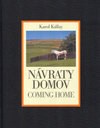
-
 Anglický jazyk
Anglický jazyk
Indian photographers
Autor: Source: Wikipedia
Source: Wikipedia. Pages: 25. Chapters: Raghubir Singh, Dayanita Singh, Indrani, Boman Irani, Parthiv Shah, Dabboo Ratnani, Lala Deen Dayal, Madhaviah Krishnan, Sukumar Ray, Sooni Taraporevala, Raghu Rai, Victor George, Gautam Rajadhyaksha, Swami Sundaranand,... Viac o knihe
Na objednávku, dodanie 2-4 týždne
12.87 €
bežná cena: 14.30 €
O knihe
Source: Wikipedia. Pages: 25. Chapters: Raghubir Singh, Dayanita Singh, Indrani, Boman Irani, Parthiv Shah, Dabboo Ratnani, Lala Deen Dayal, Madhaviah Krishnan, Sukumar Ray, Sooni Taraporevala, Raghu Rai, Victor George, Gautam Rajadhyaksha, Swami Sundaranand, Thakur Dalip Singh, Benu Sen, Sandip Ray, Kulwant Roy, F. W. Champion, Homai Vyarawalla, Subhankar Banerjee, B. S. Ranga, Kalyan Varma, Venket Ram, Arindam Mukherjee, Sharad Haksar, Hersh Chadha, Ashok Salian, Iqbal Mohamed, Nisha Kutty, Vishram Sawant, Sunjoy Monga, Ari Jayaprakash, Darogha Ubbas Alli. Excerpt: Raghubir Singh (1942-1999) was an Indian photographer, most known for his landscapes and documentary-style photographs of the people of India. He was a self-taught photographer who worked in India and lived in Paris, London and New York and during his career worked with National Geographic, The New York Times, The New Yorker and Time. In the early 1970s, he was one of the first photographers to reinvent the use of color at a time when color photography was still a marginal art form. Singh belongs to a tradition of small-format street photography, pioneered by photographers like Henri Cartier-Bresson, whom he met in 1966 and observed for a week while the latter was working in Jaipur, and who, with Robert Frank, was to have a lasting impact of his work; however unlike them he chose to work in color, as for him this represented the intrinsic value of Indian aesthetics. In time Singh was acknowledged with William Eggleston, Stephen Shore and Joel Sternfeld as one of the finest photographers of his generation and a leading pioneer of colour photography. He travelled across India with the American photographer Lee Friedlander who according to him 'was often looking for the abject as subject'; in the end Singh found Friedlander's approach of 'beauty as seen in abjection' fundamentally western, which suited neither him nor India, thus he created his own style and aesthetic imprint, which according to his 2004 retrospective created "a documentary-style vision was neither sugarcoated, nor abject, nor controllingly omniscient". Deeply influenced as he was by modernism, he liberally took inspiration from Rajasthani miniatures as well as Mughal paintings, and Bengal, a place where he felt the fusion of western modernist ideas and vernacular Indian art took place for the first time, evident in practitioners of the Bengal school, and also the humanism of the filmmaker Satyajit Ray, who later became a close friend. "Beauty, nature, humanism and spirituality were the cornerstones of
- Vydavateľstvo: Books LLC, Reference Series
- Rok vydania: 2012
- Formát: Paperback
- Rozmer: 246 x 189 mm
- Jazyk: Anglický jazyk
- ISBN: 9781157433989

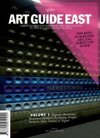
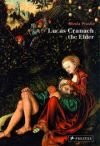
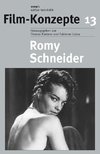


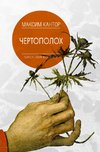
 Ruský jazyk
Ruský jazyk 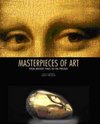
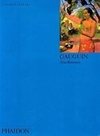
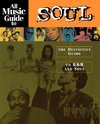

 Nemecký jazyk
Nemecký jazyk 
